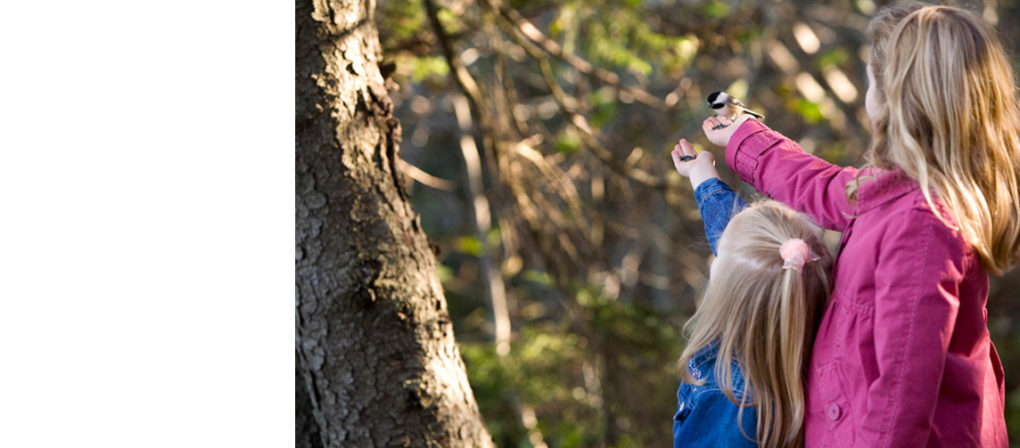[vc_row][vc_column][vc_custom_heading text=”Hitting N.B.’s land and water protection goals” font_container=”tag:h3|text_align:left” google_fonts=”font_family:Alegreya%20Sans%3A100%2C100italic%2C300%2C300italic%2Cregular%2Citalic%2C500%2C500italic%2C700%2C700italic%2C800%2C800italic%2C900%2C900italic|font_style:400%20regular%3A400%3Anormal”][vc_cta h2=”Election 2018: Ask candidates in your riding…” h2_font_container=”font_size:30″ h2_google_fonts=”font_family:Alegreya%20Sans%3A100%2C100italic%2C300%2C300italic%2Cregular%2Citalic%2C500%2C500italic%2C700%2C700italic%2C800%2C800italic%2C900%2C900italic|font_style:400%20regular%3A400%3Anormal” color=”white” use_custom_fonts_h2=”true” use_custom_fonts_h4=”true” css=”.vc_custom_1536680636485{background-color: #abd68d !important;}”]Will you commit to protecting at least 10 per cent of land and water in New Brunswick by 2020, including increases to buffer zones along our rivers and streams, and protecting drinking water watersheds and wetlands in our Crown forest?[/vc_cta][vc_column_text]New Brunswickers can all agree that we live in a beautiful province, full of towering trees and magnificent coastal views. Many who live here feel deeply rooted to nature, as it connects us to our families, communities and identities, and sustains the livelihoods of thousands in our working economy.
So why is it that New Brunswick is the worst province in Canada when it comes to protecting our natural landscapes?
A mere 4.6 per cent of New Brunswick is protected right now. That leaves more than 95 per cent of our land, waters and ocean unprotected, leaving vital ecosystems vulnerable to development, climate change and pollution. (Although Prince Edward Island only protects 3.19 per cent, the island is an anomaly, since 90 per cent of land is privately owned.)[/vc_column_text][/vc_column][/vc_row][vc_row][vc_column][vc_single_image image=”139834″ img_size=”large”][/vc_column][/vc_row][vc_row][vc_column][vc_column_text]Roberta Clowater, executive director of the Canadian Parks and Wilderness Society’s New Brunswick Chapter, says our province lacks the right policies to protect the spaces we love and depend upon.
CPAWS, and partners organizations like your Conservation Council, are working to change that.
This summer, CPAWS released its Annual Parks Report, providing a roadmap for federal, provincial and Indigenous governments to work together to achieve Canada’s international commitment to protect 17 per cent of our landscape by 2020.
The report, What’s Next: Parks and Protected Areas to 2020 and Beyond, highlights New Brunswick’s bottom-of-the-pack rankings for land protection, and offers recommendations for how our province can contribute to Canada’s conservation goal.
“Protecting land and water is even more important now in this age of climate change,” Clowater told the Conservation Council. “Protected areas provide us with clean air and fresh water, they help protect our communities from climate change impacts like floods and droughts, and they give us much-needed connections to nature — we need to get this right.”
CPAWS’ report recommends immediate actions New Brunswick can take to protect up to 10 per cent of the province.[/vc_column_text][/vc_column][/vc_row][vc_row][vc_column][vc_single_image image=”139862″ img_size=”large” add_caption=”yes”][/vc_column][/vc_row][vc_row][vc_column][vc_column_text]The first low-hanging fruit is expanding protection in the Restigouche watershed, home to one of Eastern Canada’s most famous rivers for fishing Atlantic salmon and supporting a variety of other important and iconic species, from moose to the Canada lynx.
The report says expanding protection from its current level at 29,000 hectares to 60,000 hectares would help safeguard one of New Brunswick’s most beloved natural treasures and the economic benefits it provides.
The report also recommends upgrading existing management measures in New Brunswick to full protected area status. This would protect areas including peatlands, drinking water watersheds on Crown land, drinking water watersheds owned by municipalities, old growth forest communities and habitats, coastal areas, and provincially-significant wetlands.
“New Brunswickers know climate change is here, happening now, in our communities,” said Lois Corbett, executive director of the Conservation Council. “And we know that protecting our land and water is one of the best ways we can ensure the health and safety of our communities in a changing climate.
“CPAWS has given governments, from coast to coast to coast, a smart, science-based pathway to meet this challenge and protect the spaces we love and so desperately need.”[/vc_column_text][/vc_column][/vc_row]

